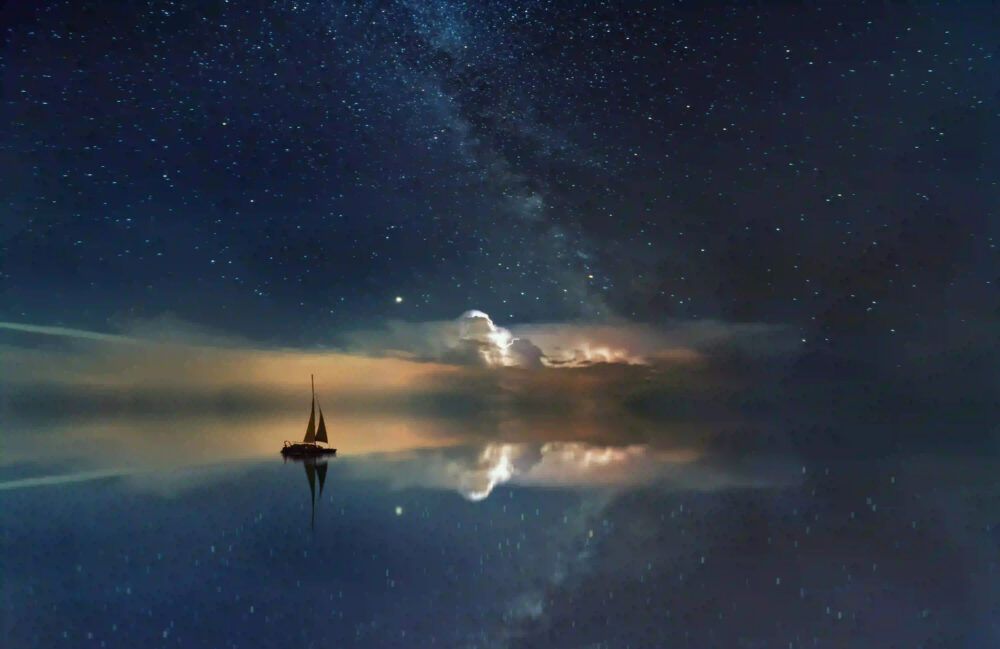In the enchanting realm of fantasy literature, the art of mapmaking holds a revered place as a gateway to the wondrous landscapes and rich tapestries of imaginary worlds. From the sprawling continents of epic sagas to the labyrinthine streets of enchanted cities, cartography serves as a vital tool for both authors and readers, offering a visual entry point into the immersive realms of fantasy. In this exploration of the art of mapmaking, we will embark on a journey through the intricate craft of cartography, delving into its significance in fantasy literature and the ways in which maps enhance the storytelling experience.
Unveiling the World: The Role of Maps in Fantasy Literature
At the heart of every compelling fantasy narrative lies a meticulously crafted world, teeming with diverse cultures, landscapes, and histories. Maps serve as the cartographic manifestation of these expansive realms, providing readers with a tangible guide to navigate the boundless landscapes and intricate geographies woven by authors. Whether depicting the rugged mountain ranges of a mythical kingdom, the meandering rivers of an ancient forest, or the megalithic cities of a sprawling empire, fantasy maps unveil the grandeur and complexity of fictional worlds, inviting readers to embark on epic journeys of discovery and adventure.
Enriching World-Building: The Artistic Craft of Fantasy Cartography
The creation of fantasy maps is an art form that transcends the boundaries of mere illustration, serving as a cornerstone of world-building within the genre. Talented cartographers collaborate with authors to breathe life into the imagined landscapes, infusing each map with meticulous detail, cultural nuances, and historical context. From the calligraphic inscriptions of ancient ruins to the border markings of warring factions, every element of a fantasy map contributes to the rich tapestry of world-building, offering readers a multifaceted glimpse into the societies and ecologies that populate these extraordinary realms.
Navigating Narrative Threads: Maps as Storytelling Companions
Beyond their function as visual aids, fantasy maps play a pivotal role in guiding readers through the intricate narrative threads of fantastical tales. As protagonists embark on perilous quests, traverse treacherous terrains, and encounter enigmatic landmarks, maps stand as steadfast companions, illuminating the path ahead and deepening the reader’s immersion in the unfolding story. By tracing the protagonists’ journeys across the meticulously rendered cartography, readers forge a deeper connection with the narrative, experiencing the thrill of exploration and discovery as they chart the characters’ odysseys through uncharted territories and legendary locales.
Fostering Reader Engagement: Interactive Cartography and Immersive Experiences
In the digital age, the evolution of fantasy mapmaking extends beyond static illustrations, embracing interactive platforms and digital enhancements to offer readers immersive experiences. Dynamic maps, replete with interactive layers, tooltips, and animated elements, empower readers to delve into the minutiae of fantasy worlds, uncover hidden secrets, and unravel the interconnected web of locations, characters, and lore. By engaging with interactive cartography, readers actively participate in the exploration of fantasy realms, fostering a deeper sense of engagement and fostering a sense of ownership over the narratives they traverse.
Conclusion: Charting New Horizons in Fantasy Exploration
The art of mapmaking stands as a testament to the enduring allure of fantasy literature and the boundless creativity of authors and cartographers alike. Through the intricate craft of cartography, readers are invited to embark on epic odysseys, traverse uncharted territories, and immerse themselves in the vibrant landscapes of mythical realms. As the art of mapmaking continues to evolve, embracing digital innovations and interactive storytelling, it remains an indispensable companion on the literary voyages that captivate the hearts and imaginations of readers worldwide. Let us celebrate the art of mapmaking as a cherished tradition within the tapestry of fantasy literature, guiding us through uncharted horizons and beckoning us to explore the boundless frontiers of imagination.
I hope you found this exploration of the art of mapmaking in fantasy literature both informative and inspiring. If you have any further insights or reflections to share on this topic, feel free to reach out.
